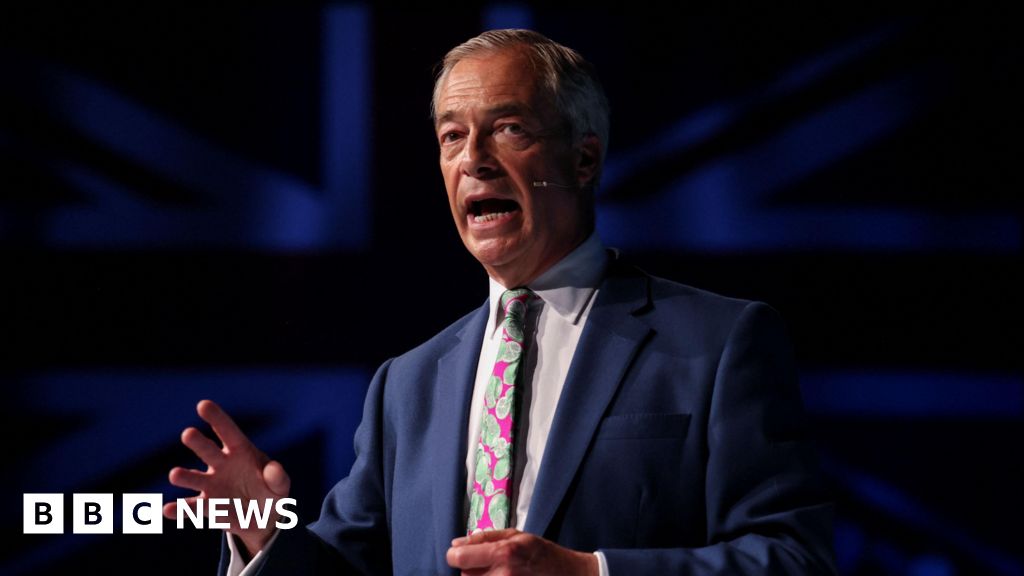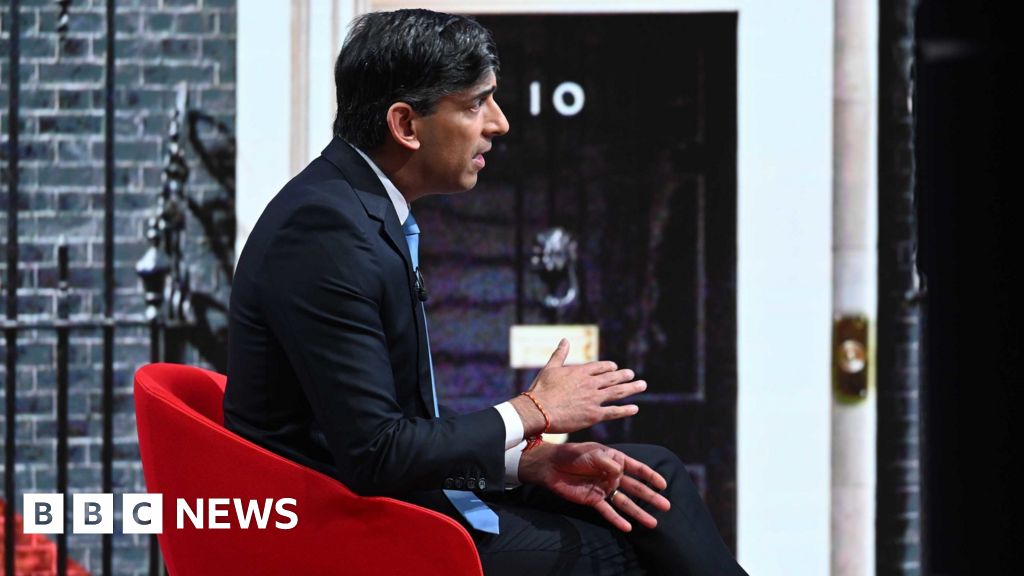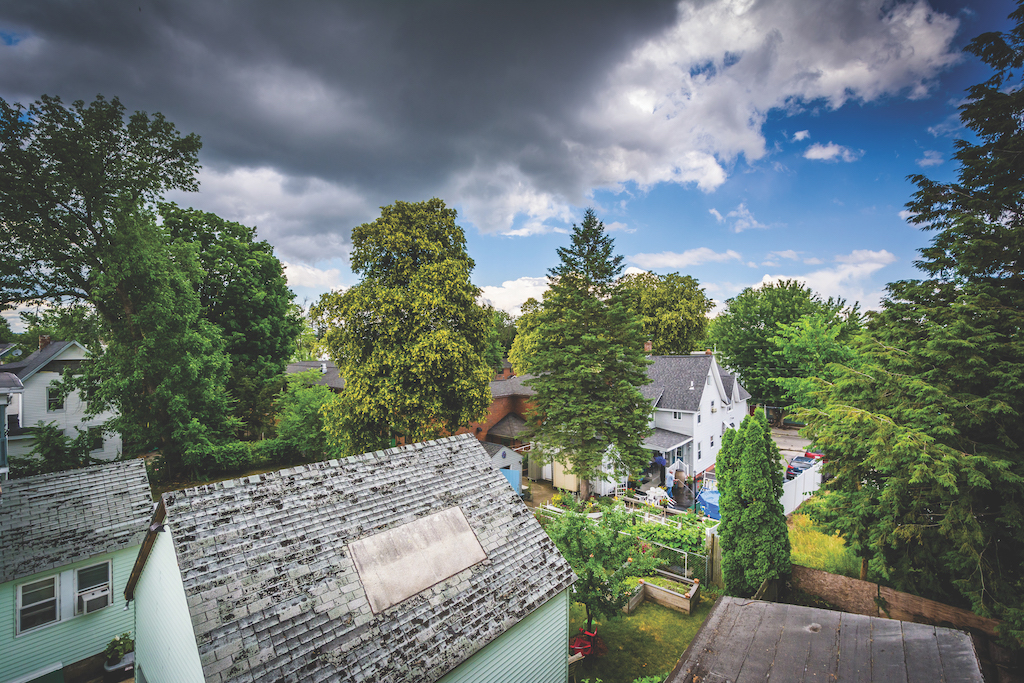Achieving sustainable harmony, lasting peace through equitable resource allocation
There is a strong correlation between peace and the environment. Resource-sharing wrangles are the leading cause of many conflicts today. Unsustainable environmental practices such as deforestation result in food insecurity and increased competition for available resources, such as pasture for livestock. This competition often ends up catalyzing strife. The escalation of intercommunity conflicts during prolonged […] The post Achieving sustainable harmony, lasting peace through equitable resource allocation first appeared on KBC.

There is a strong correlation between peace and the environment. Resource-sharing wrangles are the leading cause of many conflicts today.
Unsustainable environmental practices such as deforestation result in food insecurity and increased competition for available resources, such as pasture for livestock.
This competition often ends up catalyzing strife. The escalation of intercommunity conflicts during prolonged droughts and famine best explains this proposition.
Peacefulness transcends the mere absence of violent conflict; it denotes a homeostasis of sorts with a tapestry of interwoven and functioning facets that include equitable resource distribution, a sound business environment, a well-functioning governance architecture, and high levels of human capital, among other components.
Harmful environmental practices serve to distort this homeostasis. Flood-stricken communities would naturally rank low on the levels of human capital since access to amenities affects access to education and healthcare. Any deterioration of a facet in the ‘peace homeostasis’ increases the possibility for escalation of violence.
Amid global efforts to address the ever-present threats posed by environmental degradation, stakeholders drawn from government institutions, corporate bodies, nonprofits, and faith communities have joined the conservation call to action.
Stakeholders have instituted preventive measures such as reforestation, enhancing tree cover, reducing greenhouse emissions, and adopting sustainable agricultural, fishing, and aquaculture practices.
Under the environment focus pillar, Rotary International enhances communities’ capacity to support natural resource management and conservation, including sustainable fishing and aquaculture practices.
Through the work of volunteers, Rotary International is committed to reducing greenhouse gas emissions and strengthening ecosystems and communities affected by climate change.
Through education initiatives protecting the environment, Rotary Clubs advocate for sustainable consumption to build an efficient economy that uses resources efficiently and addresses environmental justice issues and public health concerns.
With basic strides achieved so far, more ground still needs to be covered. Our collective failure as Kenyans to achieve the constitutionally stipulated 10 percent minimum tree cover attests to this.
This staggered path to achieving tree cover targets begs the critical question of where gaps exist and why the ambition to surpass set thresholds remains a mirage.
According to a 2022 report by the United Nations Collaborative Programme on Reducing Emissions from Deforestation and Forest Degradation, communities must be more involved in environmental conservation efforts.
Communities can marshal social capital and other resources to ensure the adoption of conservation practices and even develop reward systems for individuals and enterprises that implement sustainable practices.
In Kitui County, for example, members of the Rotary Club of Kitui formed a 17-member caucus dubbed Go Green, which has seen them plant over 1500 trees at the homes of individual members.
This community has then established a reward scheme to celebrate members with well-nurtured tree plantations.
People from all walks of life need to understand factors such as the relationship between climate change and deforestation and other such relationships, including how conserving the environment can de-escalate conflict.
Rotary Clubs in Kenya have partnered with communities to preserve ecological resources, including environmental awareness sessions and speaking engagements during Rotary Club meetings.
Rotary and Rotaract Clubs in District 9212, comprising Kenya, Eritrea, South Sudan, and Ethiopia, have conducted tree-planting drives while engaging communities. Rotary Club Initiatives involving the community include the Rotaract Club of Muthaiga North, which worked with the community around Kereita Forest in Kiambu County to plant 1000 trees.
The Rotary and Rotaract Clubs of Karura led the mangroves project, immensely benefiting ecosystems. They partnered with communities around Junda and Mida creeks along the Indian Ocean to grow and nurture mangrove trees.
Communities should be at the epicenter of meaningful conservation efforts in their diverse shapes and forms.
Environmental conservation efforts face the imminent risk of failure without community buy-in. Conservation stakeholders must build the agency of communities to own and participate in conservation by offering education on the benefits of sustainable environmental management practices. There is an urgent need to disseminate knowledge on the risks posed by environmental degradation simply and understandably.
Environmental conservation awareness and advocacy are the anchors to harness the benefits inherent in conservation, including more peaceful communities.
Richie Olaka is a Rotary Peace Fellow
The post Achieving sustainable harmony, lasting peace through equitable resource allocation first appeared on KBC.
What's Your Reaction?





























/cdn.vox-cdn.com/uploads/chorus_asset/file/25512791/Screenshot_2024_06_30_at_4.37.29_PM.png)


/cdn.vox-cdn.com/uploads/chorus_asset/file/24522989/H_Herrera_keyboard_buying_guide.jpg)





















































































